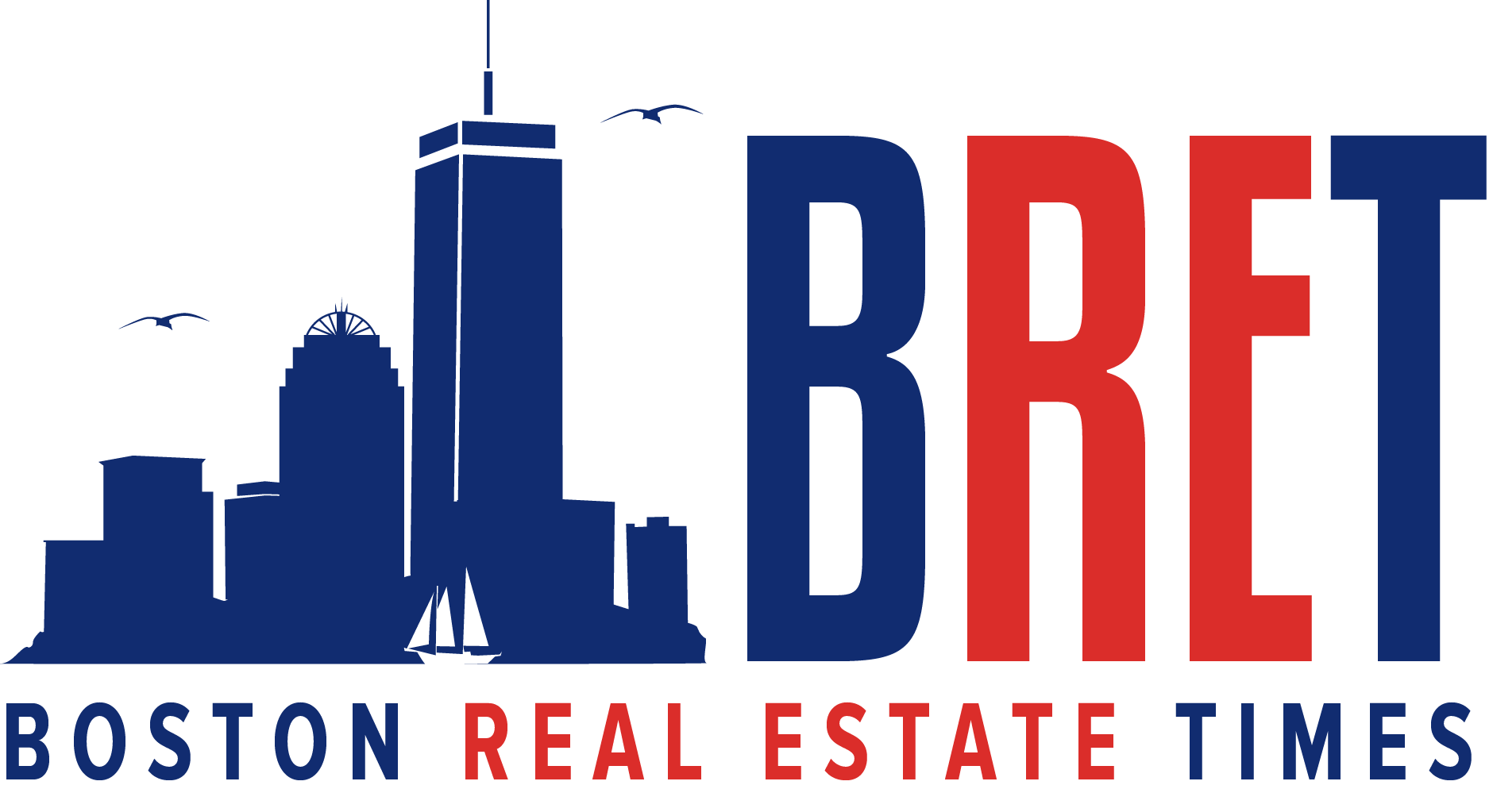BOSTON – Shepley Bulfinch, a national architecture firm with offices in Boston, Houston and Phoenix, announced the formal grand opening of the Ringling College of Art and Design’s new Alfred R. Goldstein College Library in Sarasota, Florida.
At a cost of $20 million, the nearly 50,000 SF new facility is one of the largest art research libraries in the southeastern United States. The library creates a vibrant locus for learning at the heart of Ringling College’s expanding campus.
As the first new building envisioned by Ringling College’s 50-year master plan, the new library will be the catalyst for an exciting and evolving campus. An important goal for the trustees at the outset of the planning process was to create a facility that was transformative; one that would enhance Ringling College’s reputation as a premier art and design college and set a new direction for future campus design. Shepley Bulfinch’s planning, programming and design delivered on that vision.
“To design a landmark project for Ringling and to receive such positive feedback from the community has been a gratifying experience,” said Angela Watson, principal for design on the project. “We appreciated the opportunity to work closely with Ringling’s students and faculty to incorporate their unique vision into the design process. It was a joy to collaborate with individuals who share our passion for design.”

Directly in the center of campus, the striking new building sits on the edge of Whitaker Bayou, and its iconic form embodies and supports Ringling College’s creative community. This milestone project quadruples the size of the existing library, which will allow the school’s entire 75,000-piece (and growing) collection to be housed on site. The facility will hold up to 123,000 pieces, allowing the collection to expand through the years. The Brizdle-Schoenbaum Special Collections Center, with its glass display reading room gives students and the public a chance to view the College’s growing special collections, including a unique collection of book arts, which are housed in a vault on site when not on display.
“The Alfred R. Goldstein Library is, as Goldstein said himself, ‘the heart and the brain of our institution.’ This marvelous facility is more like an intellectual student union of sorts, where our students can come together and collaborate on creative projects,” says Dr. Larry R. Thompson, president of Ringling College. “Unlike the campus libraries of the past, the design of this building lends itself to brainstorming and thinking out loud, with spaces devoted to working together and floors solely for quiet study. It was truly designed and built for our creative community.”
The new library, organized by layers of activity, incorporates flexible classroom space, a series of group study spaces, maker space, project space, a print room, a 24-hour learning laboratory with state-of-the-art computers and Cintiqs, a room fitted out for students studying gaming, and a café.

“After only one full semester of operation, we have already seen the Goldstein Library’s expanded role in revealing and supporting the life of the College,” says Kristina Keogh, directory of library services. “While the work of our students was often previously hidden away in labs, now we can see and better service their emerging processes as they labor in the library’s open Learning Commons, or as they spread out across the library’s various spaces with laptops, sketch pads, and research resources pulled from the surrounding shelves.”
An important aspect of the design process was to include the college community as a creative partner. Shepley Bulfinch brought in students and other library users to share their ideas about how the new library could be most useful to them and these conversations helped drive some important design decisions. Students wanted the building to provide new ways to get their creative juices flowing, so they told the designers that they needed to be able to interact with each other, to spread out, to get up and move around, to look out windows with views, to get perspective over the landscape, and to go outside.
Designed to allow visitors to easily flow from interior to exterior, the ground floor, which houses the café, flexible workspace, an open computer learning commons, a large multi-purpose room, and the circulation and research support departments, flows directly out to the panoramic bayou terrace, one of four terraces in the new building. While the ground floor is an open and transparent hub of activity, each floor gets quieter as one ascends.
One of the most striking features of the new library is the iconic open staircase which weaves through the library’s center. It is the first of its kind on campus and provides a visual and physical sculptural connection between floors and programs, with its black form a stunning contrast to the light and colorful interior color palette of the library. Throughout the building, different program areas are defined by bright pops of color.
The second floor is slightly more enclosed and quiet. In addition to student work space and a portion of the library’s open collection, it houses the Charles & Margery Barancik Foundation Academic Resource Center, the technical services department, and the Brizdle-Schoenberg Special Collections Center. From this floor, students also have access to two beautiful terraces where they can study, relax, and sketch from different vantage points over the landscape.
The third floor is the quietest of all and houses the majority of the library’s open collection. It also features group study spaces and quiet seating, as well as the spectacular northwest terrace with even more study and collaboration space. This terrace can also be used as a campus event space to host screenings, exhibits or gatherings.
The library is furnished with iconic pieces, chosen with influence by the students themselves at a furniture fair hosted by Shepley Bulfinch. Students had the opportunity to try out the furniture pieces, many of which were designed by designers they are studying in class. The iconic pieces give students the opportunity to survey the history of modern design, including through the works of such names as Eames, Gehry, Saarinen, and more. Another unique interior feature is the three-level mural that covers the rectangular service core. Titled “Momentum,” the mural was designed by Ringling alum Julie Kanapaux (Fine Arts, ’00) to symbolize the evolution of creativity through innovative technology. Julie’s design was chosen out of over 200 contest entries.
The project is projected to achieve a USGBC LEED Silver Certification.
The project team includes:
- Associate Architect: Sweet Sparkman
- Contractor: Willis Smith Construction
- Structural Engineer: Simpson Gumpertz & Heger (SGH)
- MEP Engineer: TLC Engineering
- Civil Engineer: George F. Young
- Landscape Architect: David W. Johnston Associate.



















